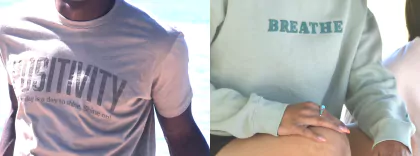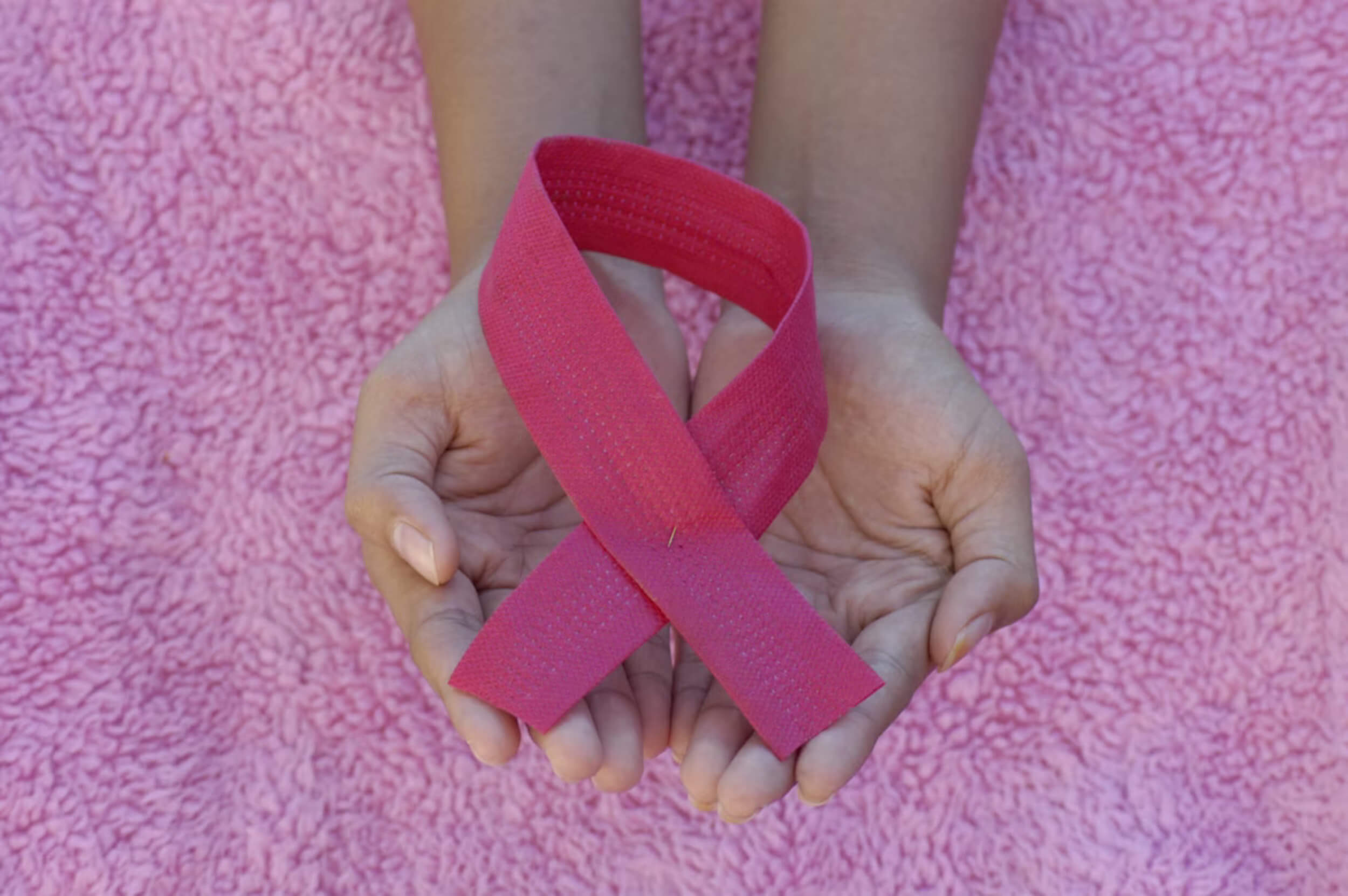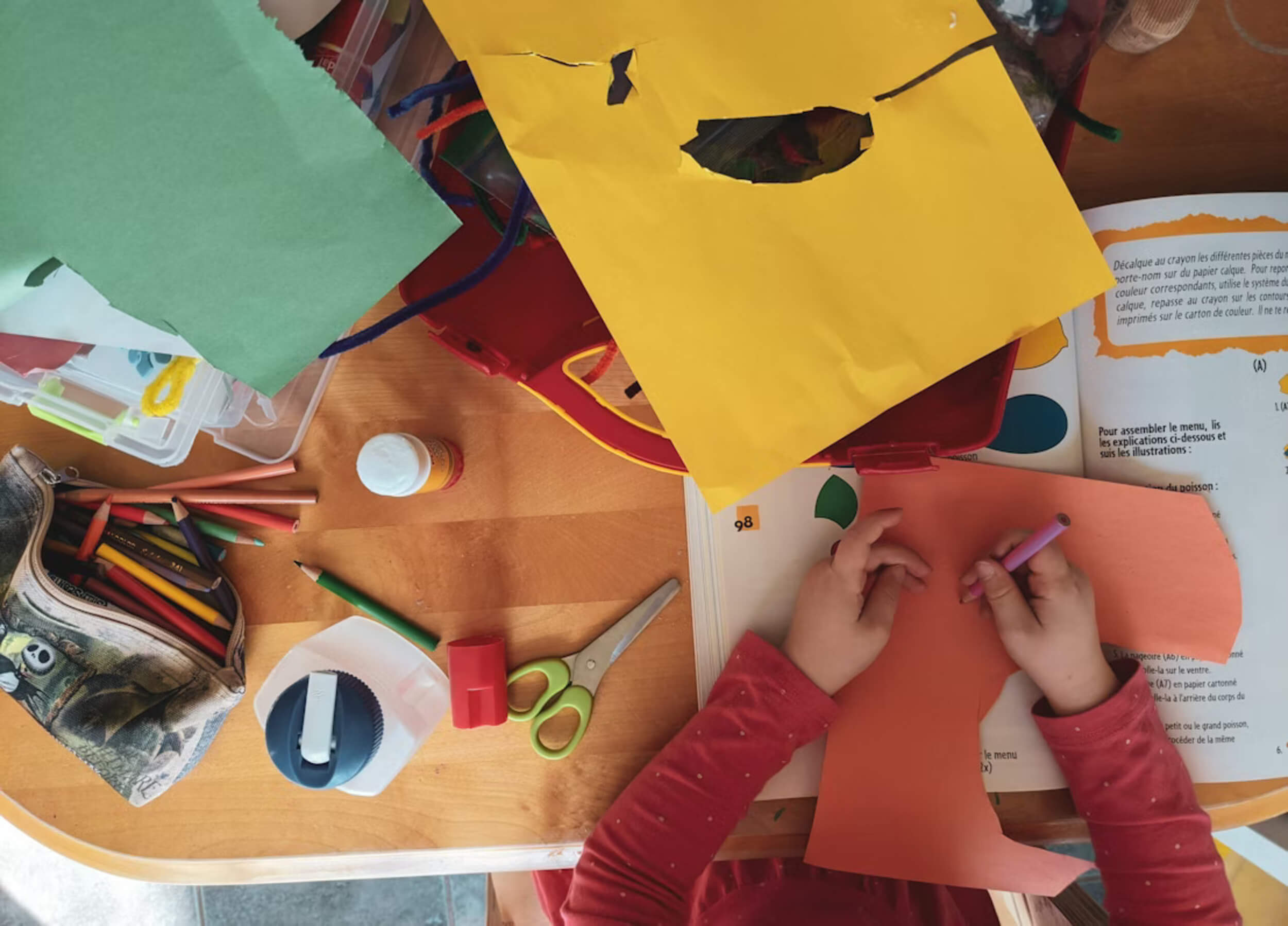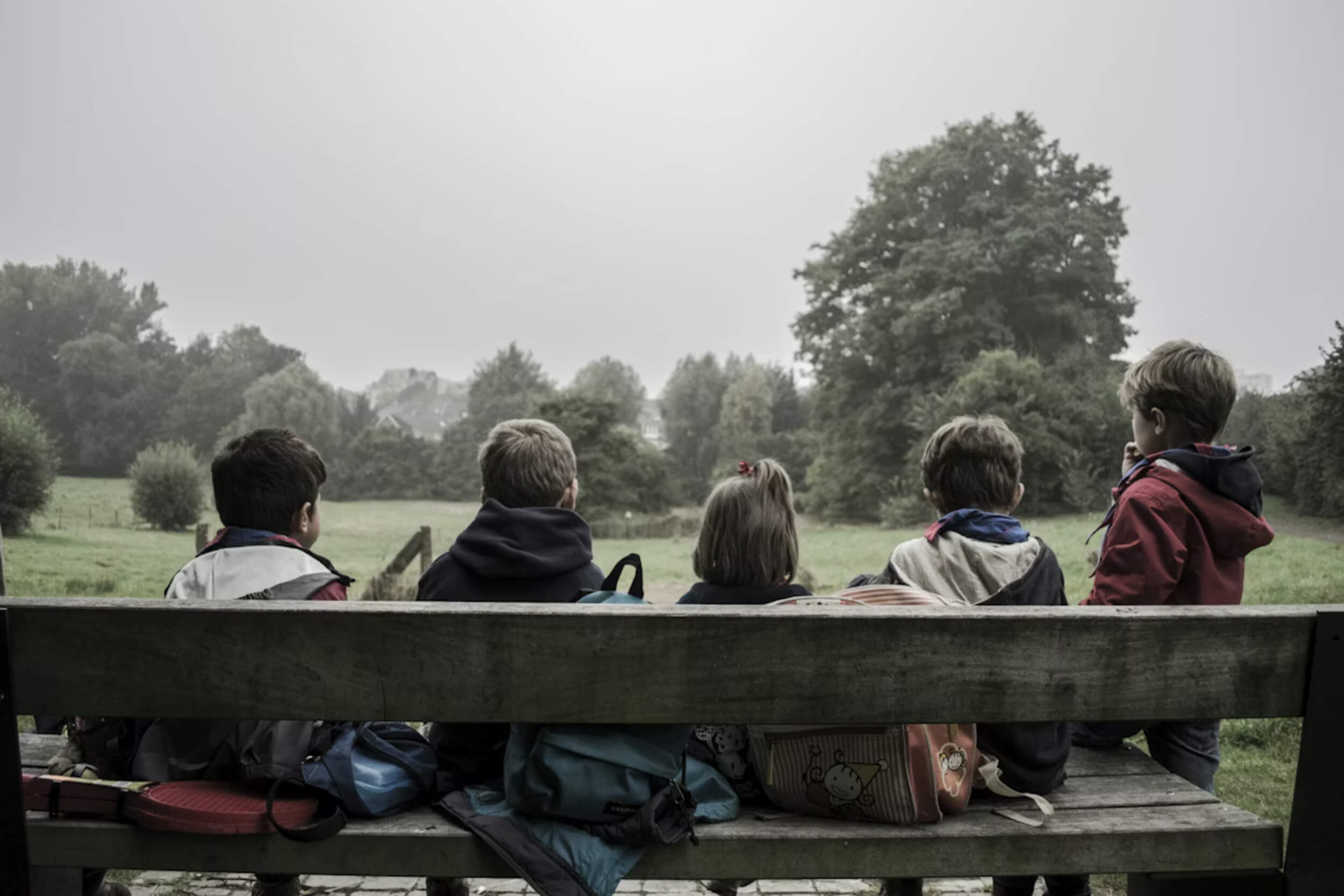Sometimes, the smallest change in your body can say more than you think. Breast cancer often begins quietly, without pain or warning. You might notice a tiny difference—a lump that feels new, skin that looks uneven, or a nipple that turns inward—and brush it off as nothing. But paying attention early can make a life-changing difference.
Catching the first signs of breast cancer gives you the best chance for simple treatment and full recovery. Doctors say early detection can raise survival rates to more than 90%, and it often means avoiding more aggressive procedures later on.
While it’s more common in women, men can also be affected. Knowing what’s normal for your body helps you spot what’s not. This article will walk you through the early warning signs of breast cancer, the main risk factors, and the steps you can take to find problems early—when they’re most treatable.
What Exactly Is Breast Cancer?
Breast cancer happens when certain cells in the breast start growing out of control. These cells form a lump or mass, called a tumor, that can spread if it’s not treated. Most cases begin in the milk ducts or the lobules—the parts that produce milk. Doctors often call these ductal or lobular carcinomas.
Although breast cancer mostly affects women, men can get it too, though it’s rare. Having a lump doesn’t always mean cancer, but it should never be ignored. Any new change—big or small—deserves to be checked. Paying attention early is one of the best ways to spot the first signs of breast cancer before it becomes serious.
How Breast Cancer Starts and Spreads
Cancer begins when tiny mistakes happen inside a cell’s DNA. These genetic or hormonal changes make cells multiply when they shouldn’t. Over time, they pile up and form a lump that can press on nearby tissues.
As the disease grows, cancer cells can move beyond the breast. They might enter the lymph nodes under the arm and travel to other parts of the body like the bones, lungs, or liver. When caught early, the cancer usually stays in one place and is easier to treat—another reason to stay alert for early signs of breast cancer.
Why Early Detection Matters More Than Ever
Spotting breast cancer early gives you a huge advantage. Treatment works best before the cancer spreads, and many people recover completely when it’s found at an early stage. Studies show that early diagnosis can raise the five-year survival rate to over 90%.
What’s important to remember is that breast cancer doesn’t always cause pain or a lump you can feel. Sometimes, it shows up as a small change in texture, shape, or color. That’s why regular screenings, self-checks, and knowing your own body are key. Being aware of early signs of breast cancer can truly save a life—maybe even your own.
10 Early Signs of Breast Cancer You Should Never Ignore
Every person’s body is different, but these are the warning signs doctors say deserve your full attention
1. A New Lump or Hard Area in the Breast or Underarm
A firm, painless lump that feels different from the rest of your tissue is often the first thing people notice. It may not hurt, but it should never be ignored. Even if it feels small or harmless, get it checked by your doctor right away.
2. Swelling or Thickening in Part of the Breast
Sometimes there’s no clear lump, just an area that feels heavier or thicker. This could be a sign of inflammation or cell changes under the surface. If one breast starts to feel fuller than the other, talk to your doctor.
3. Skin Changes — Dimpling, Irritation, or Puckering
Look closely at your skin. Does it look dimpled, puckered, or like orange peel? This texture change, called “peau d’orange,” can signal fluid buildup caused by cancer cells blocking lymph vessels.
4. Redness, Rash, or Scaly Skin Around the Nipple or Breast
A rash that won’t heal or scaly skin around the nipple might seem like irritation, but if it stays longer than a few days, it needs attention. Some types of breast cancer begin with these skin symptoms rather than lumps.
5. Nipple Discharge (Other Than Milk)
Fluid coming from the nipple that isn’t milk—especially if it’s bloody or happens on one side—can be a warning sign. While some causes are harmless, it’s safest to let your doctor test it to rule out duct problems or tumors.
6. Nipple Retraction or Change in Direction
If your nipple suddenly pulls inward or changes direction, it could mean there’s tissue tightening beneath it. Don’t assume it’s just aging or hormones—schedule a breast exam soon.
7. Unexplained Breast Pain or Tenderness
Mild soreness can happen for many reasons, like hormones or your menstrual cycle. But pain that stays or targets one area shouldn’t be ignored. It might not be cancer, but persistent pain deserves checking.
8. Noticeable Change in Breast Size or Shape
When one breast starts to look or feel different—larger, smaller, or oddly shaped—it’s a signal to pay attention. Changes that make your bra fit differently or cause unevenness could be among the first signs of breast cancer.
9. Warmth or Heaviness in the Breast
A warm, flushed, or swollen breast might indicate fast-growing inflammatory breast cancer. It often feels heavy or tender to the touch. Because it can progress quickly, medical review is important.
10. Swollen Lymph Nodes Near the Collarbone or Underarm
Lymph nodes help fight infection, but when they swell without a clear reason, it can suggest cancer activity nearby. You may notice small, firm bumps under your arm or near your collarbone. Don’t wait—have them checked.
Who Is Most at Risk for Developing Breast Cancer?
Inherited and Genetic Factors
- Having a close family member with breast cancer (mother, sister, or daughter) increases risk.
- Gene changes like BRCA1 and BRCA2 can raise lifetime risk.
- Around 5–10% of breast cancer cases come from inherited genes.
Hormonal and Biological Factors
- Starting your period before age 12 or menopause after 55.
- Not having children or having your first child after age 35.
- Dense breast tissue makes changes harder to spot on a mammogram.
Lifestyle and Environmental Risks
- Drinking alcohol, smoking, being overweight, or staying inactive.
- Long-term hormone therapy or exposure to radiation.
- Making small changes—moving more, eating better, and cutting back on alcohol—can lower your overall risk.
How to Detect Breast Cancer Early
Self-Awareness and Breast Exams
Knowing what’s normal for your body is the first step. Check your breasts once a month, about a week after your period ends. Feel for lumps, notice any changes in size or shape, and look at your skin in the mirror. If something feels different, don’t wait—book an appointment.
Mammograms and Screenings
Mammograms can find cancer years before it’s big enough to feel. Women aged 40 and older should get one every year. If you’re at higher risk, your doctor may suggest starting earlier. Ask about 3D mammograms—they give clearer pictures and can spot problems sooner.
Clinical Breast Exams and Ultrasounds
Doctors and nurses are trained to notice details you might miss. Ultrasound or MRI can help when a mammogram isn’t clear enough. Men with family history or any new symptoms should also get checked—signs of breast cancer aren’t just for women.
Conditions That Can Be Mistaken for Breast Cancer
Not every lump means cancer. Common noncancerous problems include:
- Cysts (fluid-filled sacs)
- Fibroadenomas (solid, smooth lumps)
- Mastitis (infections)
- Fat necrosis (injury-related lumps)
These can feel uncomfortable or cause swelling, but they don’t spread. Only a scan or biopsy can tell for sure. Seeing your doctor early eases worry and ensures you get the right treatment.
Why Breast Cancer May Affect the Left Breast Slightly More Often
Some studies show that cancer appears a bit more often on the left side—about 5–10% more. Experts aren’t sure why. It might relate to minor differences in tissue or blood flow. Either way, both sides matter equally, and both need regular checks.
The Importance of Regular Checkups and Screenings
Regular checkups help track any subtle changes that might go unnoticed at home. Doctors can compare your results over time and spot patterns early.
- Schedule annual mammograms if you’re 40 or older.
- Don’t skip appointments even if you feel fine.
- Early detection means simpler treatment, smaller surgeries, and faster recovery.
Make screenings part of your routine—it’s one of the most powerful ways to protect your health.
How Lifestyle Choices Influence Breast Cancer Risk
Small daily habits make a big difference:
- Eat more fruits, vegetables, and whole grains.
- Exercise for at least 30 minutes most days.
- Keep your weight steady, especially after menopause.
- Limit alcohol and quit smoking if you can.
These simple steps can lower hormones that fuel cancer growth. Living healthy doesn’t just reduce your risk—it also keeps your energy and confidence strong while helping you stay alert to any signs of breast cancer.
When to See a Doctor Immediately
Call your doctor if you notice:
- Sudden swelling, redness, or warmth.
- Bloody or unusual nipple discharge.
- A lump that doesn’t go away after one menstrual cycle.
- Skin dimpling or changes that worsen quickly.
Acting fast can turn a scary situation into a treatable one. Don’t wait it out—early action can save your health.
Final Thoughts on Recognizing Early Signs of Breast Cancer
Listening to your body is powerful. The smallest change can be the first clue that something’s off. Paying attention to the early signs of breast cancer—and getting checked right away—can make all the difference.
A healthy lifestyle, regular screenings, and self-awareness are your strongest tools. Stay proactive, stay informed, and take care of yourself. Your awareness is your best defense.















